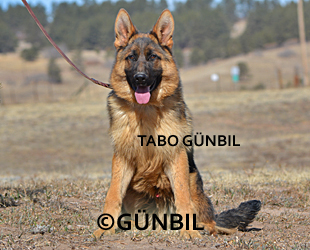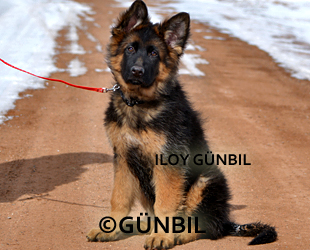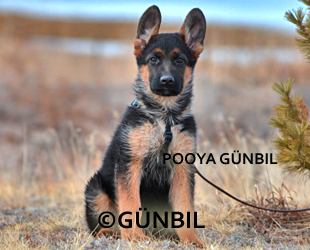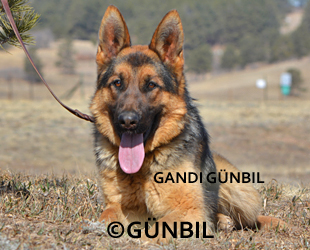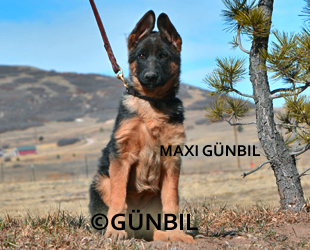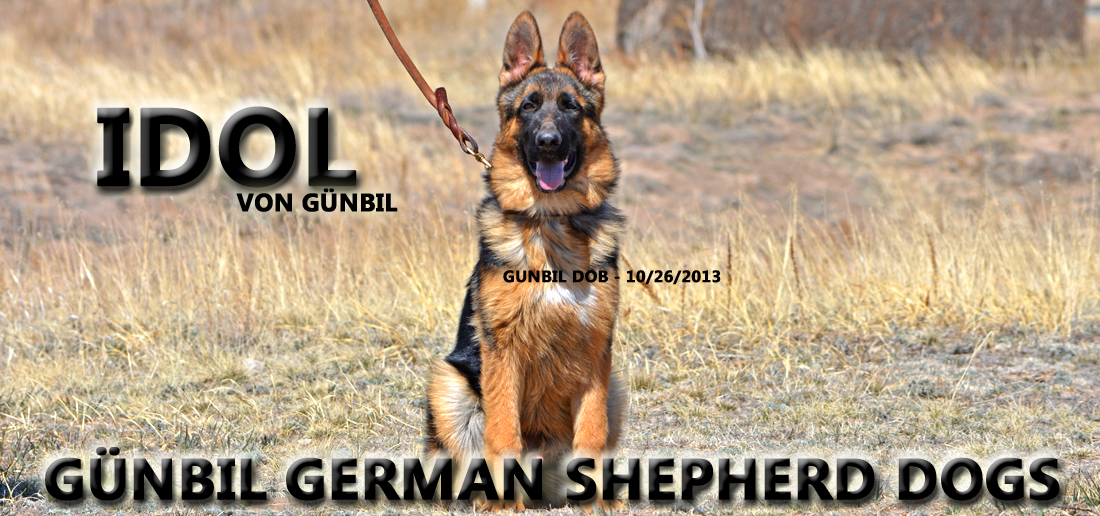
Rabies in Dogs: Symptoms, Diagnosis, Treatment & Vaccination
FACTS
Rabies is one of the best known of all the viruss. The mere mention of the disease can bring back vivid memories of Old Yeller. Who among us does not picture a large yellow dog foaming at the mouth and acting aggressively and out of its mind looking to bite anyone or thing that crosses its path. While this is a common stereotype, this is actually a rarely seen scenario, in the United States that is. Fortunately, through active vaccination and eradication programs, rabies only accounted for 4 human deaths in the United States in 1997. In other parts of the world, however, human cases and deaths from rabies are much higher. In fact, some estimates claim that human death rates may be over 10,000 a year in southern Asia.
If you want to completely avoid coming into contact with a rabid animal you should move to Australia, the British Isles, or Antarctica where there is no rabies virus. When traveling around the world, you will encounter certain animals that are much more likely to be carriers of the disease. After leaving the safety of the British Isles and heading eastward into Europe, the fox is the primary carrier. If you dip south into Africa, you will encounter it in jackals in the north, dogs and cats in the central countries, and mongooses in the southern part of the continent. Heading into the Himalayans, you can see it in wolves and in Russia it is seen in dogs. The arctic fox is the main carrier in all parts of the Arctic. If you venture into Indonesia and Malaysia, the dog and cat are again common carriers. When you come back to South America, the dog and cat are again common sources of exposure as well as vampire bats.
In Mexico, insectivorous bats cause the most problems. In the United States, the mountain states have the lowest incidence of humans contacting animals with rabies. When you hit the Plains, the Midwest, and Texas the striped skunk is the big carrier. As you work your way to the east, raccoons become important carriers. Fox and bats also cause some human exposures, but very rarely, especially the bat who gets blamed more than it should. If the squirrel or rabbit in the back yard bites you, do not panic, there has never been a reported case of someone contracting rabies from one of these species.
WHOS AT RISK
People that work closely with wildlife, veterinarians, and travelers are at the highest risk of exposure. Fortunately, there is a vaccine that is available to protect high-risk people. Animals that come into contact with wildlife and are not vaccinated, are at a higher risk of exposure. While the risk of coming into contact with the virus is very low, it nevertheless does exist. When I started my first job in rural Wisconsin, a veterinarian I worked with told me that in over twenty-five years of practice he had never seen a case of rabies. Two years later, I was exposed to two dogs and a cow in one three-week period that all had, and died from, rabies. Because of the movement of carriers, there is always the risk of exposure. In my three cases, there was known contact with raccoons by both dogs and a skunk by the cow.
transmission of the disease
The transmission of the disease almost always occurs as a result of an infected animal biting a non-infected animal. There have been a few reported cases of infection resulting from aerosolization occurring in caves where large quantities of infected bats reside. Rabies virus does not live very long outside the host and remains viable in the carcass of an infected animal for less than 24 hours. The rabies virus is shed at high levels in saliva. However, being bitten by a rabid animal does not necessarily mean that the animal will become infected. It has been speculated, that only around 15% of exposed people will contract the disease. Humans, dogs, and cats are only mildly susceptible to the disease unlike skunks, raccoons, foxes, and bats that are much more susceptible to the virus.
SYMTOMS
After coming in contact with the virus, the bitten animal may go through one or all of several stages. If the bitten animal is a skunk it may not show any symptoms at all but could become a lifelong carrier. With most animals, however, the virus will spread through the nerves of the bitten animal towards the brain. The virus is relatively slow moving and the average time of incubation from exposure to brain involvement is between 3 to 8 weeks in dogs, 2 to 6 weeks in cats, and 3 to six weeks in people. However, incubation periods as long as 6 months in dogs and 12 months in people have been reported. After the virus reaches the brain it then will move to the salivary glands where it then can be spread through a bite. After the virus reaches the brain the animal will show one, two, or all of the three different phases.
prodromal phase
The first is the prodromal phase and usually lasts for 2-3 days in dogs. Apprehension, nervousness, anxiety, solitude, and a fever may be noted. Friendly animals may become shy or irritable and may snap, whereas, aggressive animals may become affectionate and docile. Most animals will constantly lick the site of the bite. In cats, the prodromal phase lasts for only 1-2 days and they usually develop more fever spikes and erratic behavior than dogs.
furious PHASE
From the prodromal phase, animals may enter the furious stage; cats are particularly prone to developing this phase. The furious stage of the disease in dogs usually lasts for 1 to 7 days. Animals become restless and irritable and are hyperresponsive to auditory and visual stimuli. As they become more restless, they begin to roam and become more irritable and vicious. When caged, dogs may bite and attack their enclosures. Animals progress to become disoriented and then have seizures and eventually die.
Paralytic (dumb) phase
Animals may develop the paralytic phase either after the prodromal or furious stage. The paralytic phase usually develops within 2 to 4 days after the first signs are noted. Nerves affecting the head and throat are the first to be involved and animals may begin to salivate as a result of their inability to swallow. Deep labored breathing and a dropped jaw may result as the diaphragm and face muscles become increasingly paralyzed. Animals may make a choking sound and many owners think that there is something lodged in the dog’s throat. This was the case with both dogs I was exposed to (as mentioned earlier) and the owners were also exposed as they had been looking in the dog’s mouth for a foreign object. The animal will get weaker and eventually go into respiratory failure and die.
As a side note, many of the dogs with rabies that I encountered while in Central America also presented with the dumb form. The one cow that I saw bellowed incessantly and staggered aimlessly. Many animals present with a combination of the above symptoms and phases.
Diagnosis
The current way to diagnose rabies in animals is to submit the brain for microscopic exam. Some new testing techniques utilizing skin and or blood samples are being studied and used in a few research settings and show promise as a way of testing potentially exposed humans and animals. They are not routinely being used at this time.
TREATMENT
There is no treatment. Once the disease develops in humans, death is certain. There have a couple of reported cases of dogs surviving the infection, but they are very rare.
Vaccination and prevention
Vaccination is the best way to prevent infection and properly vaccinated animals stand very little chance of contracting the disease. While rabies vaccination for dogs is mandatory for all states, it is estimated that up to half of all dogs are not vaccinated. Some communities are also requiring cats to be vaccinated, which is very important because there are currently more cases of cat rabies than dog rabies. Some people estimate that less than ten percent of the cat population is vaccinated thus leading to the high incidence of rabies in cats. The standard vaccination protocol is to vaccinate dogs and cats at three or four months and then again at one year of age. After the 4-month-old initial vaccine a three-year rabies vaccination is recommended. The three-year shot has been tested and shown to be very effective. A few counties, states, or individual veterinarians require yearly or once every two-year vaccination for a variety of reasons that need to be explored more closely. There is also a rabies vaccination available for high-risk people.
There are some vaccines available for large animals also. The question of vaccinating exotic animals is a common one. There are no approved products for most exotics, however, canine vaccine is used on some species to offer some protection. Vaccinating exotics or wolf hybrids should be dealt with individually in cooperation with your local veterinarian. Keeping a wild animal that is at high risk of being a carrier such as a skunk or raccoon is never recommended.
HUMAN EXPOSURE
If an animal bites a human, the animal will be either quarantined or observed for a period of at least ten days to ensure that it does not have rabies. Whether or not the animal was currently vaccinated the community that you live in will dictate the requirements of the quarantine. People that do become exposed to a rabid animal can be given a five-shot post exposure series of Human Rabies Immune Globulin to protect them against being infected. There is a three-shot series of Human Diploid Cell Vaccine that can be used to vaccinate people at high risk.
SUMMARY
All warm-blooded animals are at risk for contracting rabies, however, some species are much more resistant than others. Transmission of the virus is almost always through a bite from a rabid animal. There are a variety of different symptoms and once contracted there is no cure, and death is almost always the outcome. The disease is very preventable through vaccination. While relatively rare in humans, the risk of contracting it, and the outcome of the disease make precaution with wild animals and vaccination of domestic ones essential.
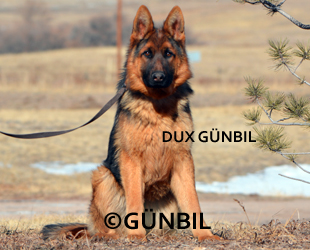
- All About German Shepherd Puppies
- Pet Disease and Allergies
- Hips and Elbows
- German Shepherd Dog Anatomy
- What is Schutzhund
- German Shepherd Behavior
- Quick Tips On German Shepherds
- Our Show Dogs
